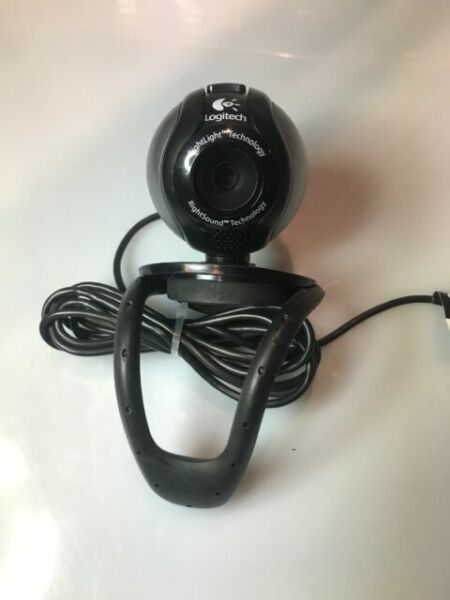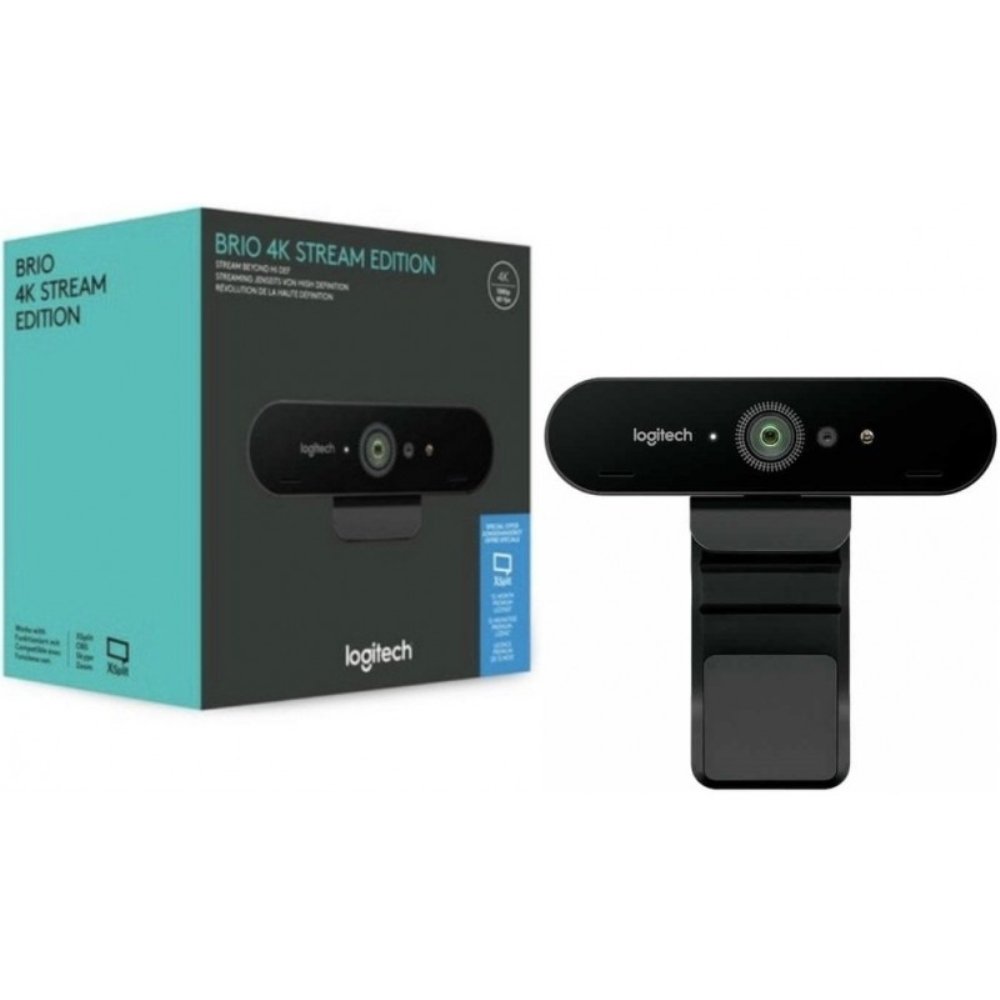
- Rightlight Technology Logitech Cam Software Manual Adjustments To#
- Rightlight Technology Logitech Cam Software Download Most Popular#
Rightlight Technology Logitech Cam Software Download Most Popular
Sharing, socializing, connecting with the people you care about - that's what makes a webcam different. Logitech rightlight 2 webcam drivers. The Logitech C920 suffers from a number of issues, most notably the exposure issues.Soon as rightlight technology and made by 279 users. Features : 720p HD video calls, Logitech Fluid Crystal Technology, RightLight technology. •Easy to use and designed for your professional needs, Logitech webcams for business can enhance communications, improve productivity, and save time and money in associated travel costs.Software Version: 2.0.1.Buy a Logitech C270 HD Web Camera or other Webcams at CDW.com. Logitech webcam driver Logitech Support + Download Most Popular Education Newest at Business


Zoom and other services sometimes limit the broadcast resolution to optimize the amount of bandwidth being used, so it's likely the people on the other end of your call won't see the same image quality you do. As I'll discuss later, the importance of having enough light available can't be underestimated, and it applies to all of the webcams discussed here.The video feeds were viewed in Zoom in a private meeting, since Zoom has become the de facto standard for video conferences. In other words, it's a pretty typical room for working at home and participating in video conferences.From left to right: an internal webcam vs the C920 vs Camo running on an iPhone 11 Pro.I also set up a pair of external 15.4-inch Dazzne Desk Mount LED Video Lights for more illumination, particularly when shooting at night I note in which shots they were turned on. The room's lighting includes a ceiling light fixture with consumer LED bulbs sold as 5000K Daylight, and one decorative hanging lamp. The iPhones were connected using Camo, but none of the app's adjustment tools were employed what you see is what the camera delivered.The room in which they were captured is in a partially exposed basement with two windows and light yellow walls. More likely is that someone would use their main phone, repurpose an older model that's no longer in active use, or buy a used model.Testing was done on a 16-inch MacBook Pro (2019 model).A few notes on the photos: Unless specifically noted, the images were captured using the webcam's default settings.
That reasoning is solid, but if a window or lamp is in the shot, it's likely blown out to pure white and distracting to your viewers. In an attempt to ensure that the object at the center of the frame (that's you) is well-lit, the cameras usually increase the brightness everywhere else. Problems with third-party webcamsEach webcam tested suffered in its own unique way, but generally speaking, the following failings were the most noticeable.Exposure problems and hot spots: The first task of a webcam is to automatically take into account the lighting in the scene and adjust the brightness accordingly. Cramming six webcams into roughly the same space.Before I get into the specific webcam comparisons, let’s highlight some universal issues. I wasn't focused on perfect composition this time around.
The Logitech Brio, the most expensive webcam in this comparison, tends toward pink hues.Focus issues: The webcams I looked at all offer autofocus to try to keep the subject crisp, except for one inexpensive no-name camera with a fixed focal range (or, in marketing-speak, "fixed focus for consistent depth of field," which translates to "sit far enough away from the camera that you're in its sweet spot"). Am I really as rosy-cheeked as I look? Heck, is that even my actual skin color? Too often the answer is no. From a viewer's perspective, white balance (also known as color temperature) determines whether you look frosty-cool or orange. The 8-year-old Logitech C920 is still somehow recommended as one of the best webcams.Color problems and white balance: Another automatic adjustment webcams need to nail is color fidelity, and this one is just as problematic as exposure. Although I'll take a bright scene over an underexposed one every time (for reasons we'll get into), hot spots and overexposure are simply distracting.
However, for several reasons webcams are typically terrible when there isn't enough light or, I should say, when the webcam thinks it doesn't have enough light.The first image was shot by the StreamCam at night with the room's overhead lighting on. The texture of my skin here, shot with the Brio is more akin to turning on the "Touch Up My Appearance" setting in some video-conferencing software.Low light performance: Admittedly, low-light situations are difficult for any camera, and webcams use various methods for dealing with it. Some cameras just don't retain detail you expect to see, or they seem to be applying smoothing to skin. The newest webcam in this comparison is the Logitech StreamCam.Image softness: Poor autofocus can lead to a soft image, but that's not the only culprit. If you tend to move as you talk, the webcam can "bounce" as it locks focus, loses it, then finds it again.
Rightlight Technology Logitech Cam Software Manual Adjustments To
Software: Controls for making manual adjustments to override the auto settings are either insufficient, confusing, or nonexistent. The alternative is to gamble on a mass of no-name clones. Scarcity and price gouging: Because of the sudden shift to remote work and school, even these supposedly "quality" webcams are still difficult to find, and being sold at premium prices.
I'm not analyzing their audio here because you're far better off buying an inexpensive USB microphone, or even using the earbuds that came with your phone, to get better audio quality. Audio: Each of the standalone webcams includes one or more microphones to capture audio, at varying levels of competence. (Last year saw 53.6 million metric tons of electronic waste generated.) And don't forget the packaging, shipping materials, and transportation costs to get the webcam into that drawer in the first place. E-waste: What happens to devices that don't meet expectations? They end up in drawers or landfills (or drawers and then landfills), or shipped around the world in bulk to be torn apart and recycled.
On its own, the C920 suffers from terrible overexposure, poor white balance, and fuzzy focus, even in well-lit situations.Here’s the C920 on the left compared to the selfie camera of an iPhone 6 (a five-year-old model at the time of writing) on the right. Significant flaws in the most popular webcams Logitech C920When the C920 is routinely cited as the best webcam for most people, I start to wonder if someone is pulling a large-scale prank, because that doesn't match with what I've seen with my own eyes. Logitech did once provide a hardware encoder, but these have been gradually and quietly phased out.Now, let’s look at each webcam in more detail. Standalone webcams, however, merely push the signal along for your computer to deal with. On the iPhone, dedicated hardware handles a lot of the work rendering the image and processing the video, taking those tasks from the phone's main processor.
Early HD cameras recorded at 720p resolution (1280 by 720 pixels) now, YouTube doesn't even apply its HD label to anything under 1080p (1920 by 1080 pixels). However, higher resolution has tradeoffs.The general idea behind resolution is that with more recorded pixels, you view more detail and end up with a sharper image. That sounds great, because we're trained to think that "more X is better," where X equals resolution, megapixels, gigabytes, gigahertz, and all sorts of other technical specifications. Logitech BrioThe standout feature of the Brio is its 4K resolution, the ability to record at 3840 by 2160 pixels.


 0 kommentar(er)
0 kommentar(er)
